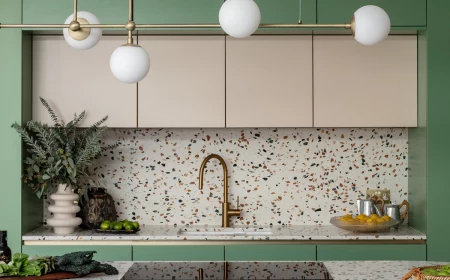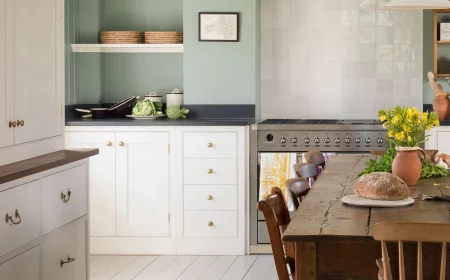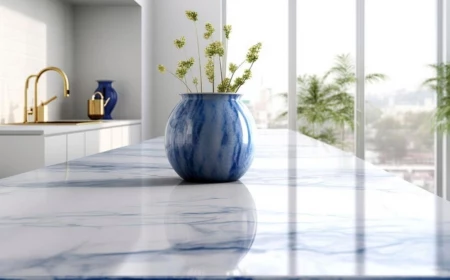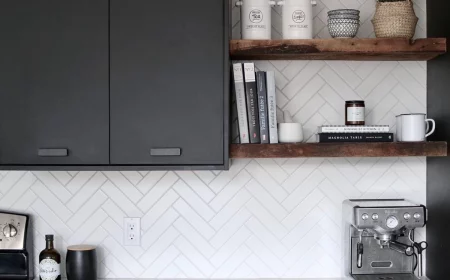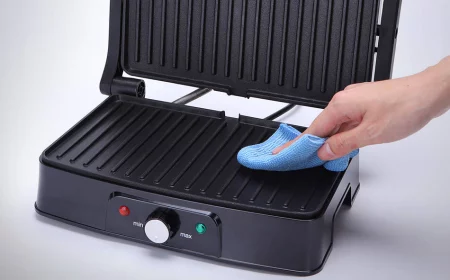Your Kitchen’s Biggest Enemies: 5 Things a Pro Would Ditch Immediately
I’ve logged more hours in kitchens than I can count. My journey started as a prep cook in a crazy-busy restaurant where every second, and every single inch of counter space, was gold. From there, I started designing custom kitchens for families, helping them build spaces that actually worked for their lives. I’ve seen it all—from showroom-perfect kitchens that have never seen a hot pan to cluttered messes where making toast felt like an expedition.
In this article
And through all of that, one huge truth always floats to the top: a great kitchen isn’t about what you own, but what you’ve had the courage to get rid of.
So many people chase that photo-perfect, tidy look. But for anyone who actually cooks for a living, organization is all about safety and speed. A cluttered kitchen isn’t just ugly; it’s dangerous and inefficient. It slows you down, ramps up your stress, and can even make your food less safe. The real goal is to have a ‘working kitchen,’ not just a ‘storage kitchen.’ This means everything inside has a job and a home, creating a smooth flow from the fridge to the prep counter to the stove.
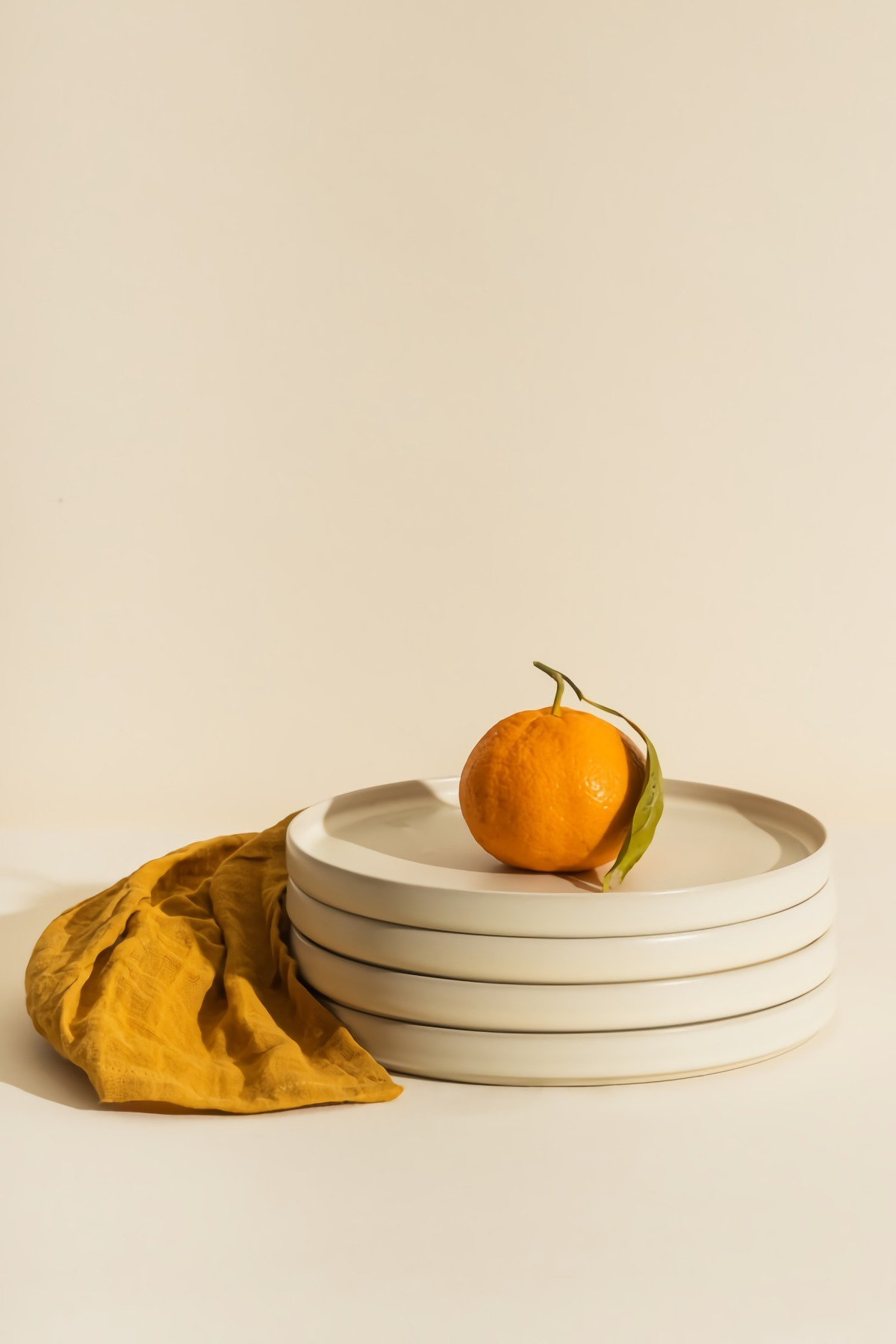
Let’s walk through the stuff that pros actively kick out of their workspace. This goes way beyond simple tidying. We’re going to get into the ‘why’ behind it all, so you can turn your kitchen into a place where you can cook with confidence and maybe even… joy.
1. The Myth of the “Do-It-All” Kitchen Towel
Okay, let’s start with maybe the most common offender I see in home kitchens: that one, single towel. You know the one. It hangs on the oven handle, and it’s used for drying hands, wiping up spills, grabbing hot pans, and sometimes even drying the dishes. To be frank, in a professional kitchen, this habit could get you sent home. It’s a major source of cross-contamination.
The big problem here is bacteria. Let’s say you’re prepping raw chicken and you wipe your hands on that towel. Boom. You’ve just loaded it up with Salmonella or Campylobacter. A few minutes later, you wash some veggies for a salad and dry your clean hands on that same towel. You’ve just transferred all that nasty bacteria from the towel right back to your hands, which are about to touch your fresh food. This is how foodborne illness often gets its start right at home.
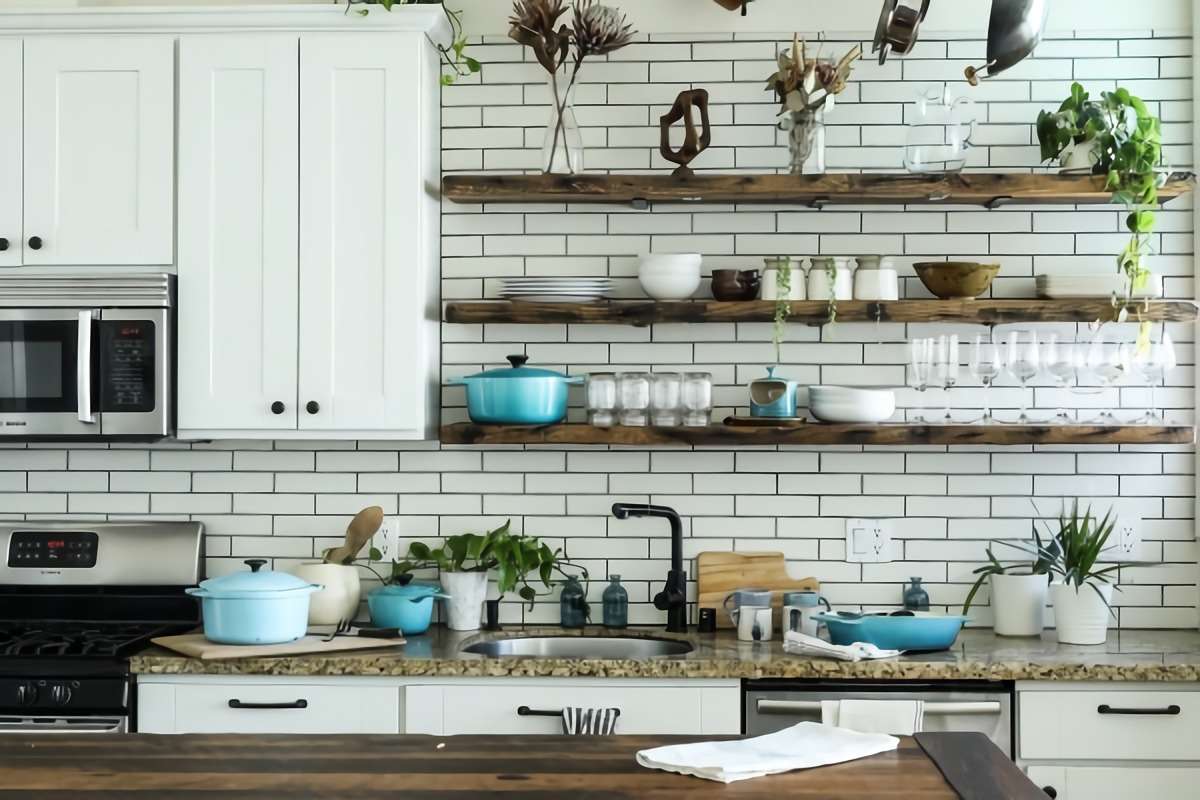
And heads up: moisture is bacteria’s best friend. A damp towel in a warm kitchen is the perfect breeding ground for germs from raw food, dirty counters, and unwashed hands. It becomes a microbial mess you spread everywhere.
The Pro Technique: Separate Your Linens
In commercial kitchens, we use a super strict system, but you can easily adapt the basic idea. We often use color-coded cloths for different jobs—red for raw meat areas, green for veggies, blue for cleaning. You don’t need to get that complicated at home. Just separate the duties:
- Hand-Drying Towel: This is ONLY for drying your freshly washed hands. Keep it right by the sink.
- Dish-Drying Towel: Use this ONLY for drying clean dishes and pots. Store it away from the sink so it doesn’t get splashed.
- Utility Duty: For wiping up spills or cleaning counters, use paper towels or designated cloths. If a reusable cloth touches something gross (like raw meat juice), it’s contaminated. It goes straight into the laundry hamper—no exceptions.
From my experience with food safety courses, this is non-negotiable. Towels are a huge source of contamination. Try to swap out your hand and dish towels every day or two, especially if you cook a lot. Wash them in hot water (at least 140°F or 60°C) to actually kill the germs. A towel that just looks clean isn’t good enough.
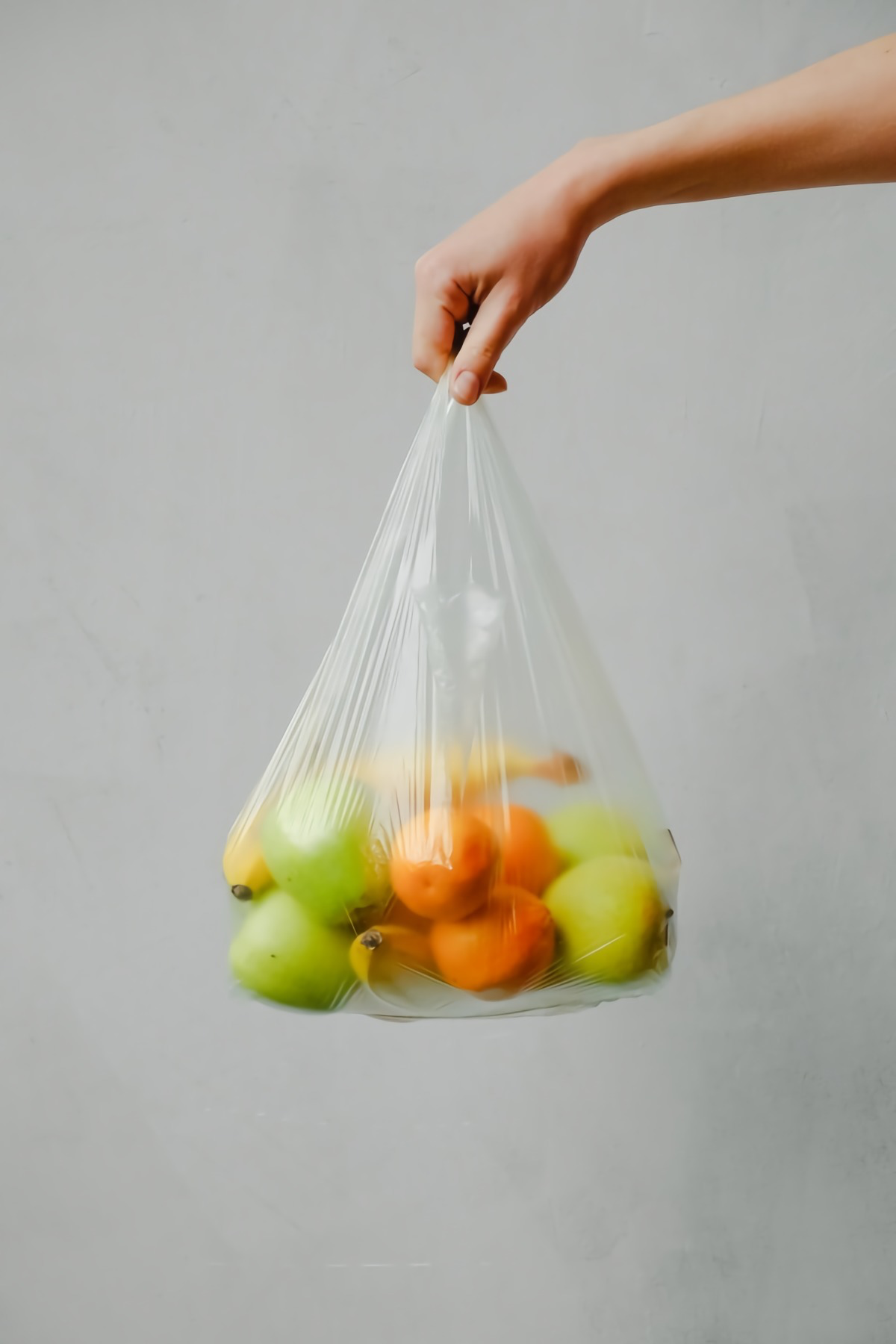
2. Damaged and Sketchy Equipment
I get it. People hold onto stuff for sentimental reasons or to save a buck. But using damaged gear isn’t being frugal; it’s a gamble with your health and safety.
Plates and Bowls with Chips or Cracks
The shiny glaze on your ceramic dishes creates a solid, non-porous barrier that’s easy to clean. When that surface gets a crack or a chip, it exposes the porous ceramic underneath. That porous material is like a tiny sponge for bacteria and food particles. You can wash it a hundred times, but you’ll never truly sanitize that little crack. It becomes a permanent colony for germs that you eat off of every time.
I’ll never forget this one time, early in my career, at a small cafe. The owner was super thrifty and had us using a stack of chipped plates. During a health inspection, the inspector picked one up, ran his finger over a chip, and explained how it could be harboring Listeria. We had to toss half our plates on the spot. Lesson learned. A chipped plate needs to be retired from food duty. If it’s sentimental, hang it on the wall or use it as a saucer for a plant. Just stop eating off it.
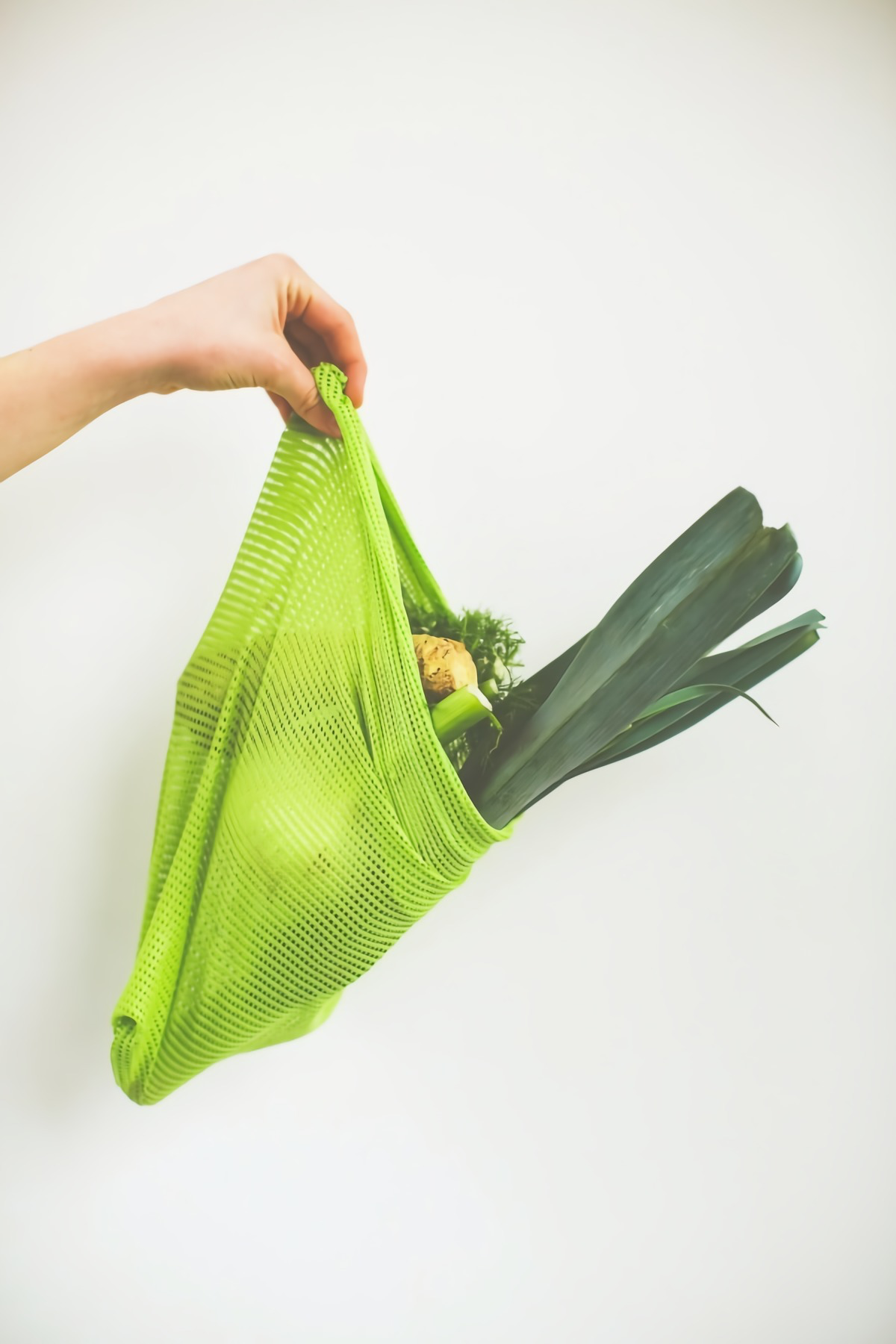
Quick Win: Your 5-minute task for today? Find ONE chipped plate, bowl, or mug and get it out of your kitchen cabinet. That’s it. Small steps!
Warped Cutting Boards
A cutting board needs to sit perfectly flat. If it’s warped, it rocks on the counter, creating a dangerously unstable surface. When you push down with a sharp knife, the board can shift unexpectedly, and that’s how nasty cuts happen.
On top of that, a warped plastic board is impossible to get truly clean in a dishwasher because it won’t make full contact with the water jets. And deep knife scars on any board—wood or plastic—create the same germ-trapping problem as cracked plates.
Pro Tip: To keep your board from slipping, always slide a damp paper towel or a thin, grippy mat underneath it. It’s one of the first things they teach you in culinary school. And please, never, EVER put a wooden cutting board in the dishwasher. That’s how they warp! Hand wash it, dry it immediately, and try to store it on its side so air can circulate around both faces. That’s the real secret. Discard any board that’s deeply scarred or won’t sit flat.
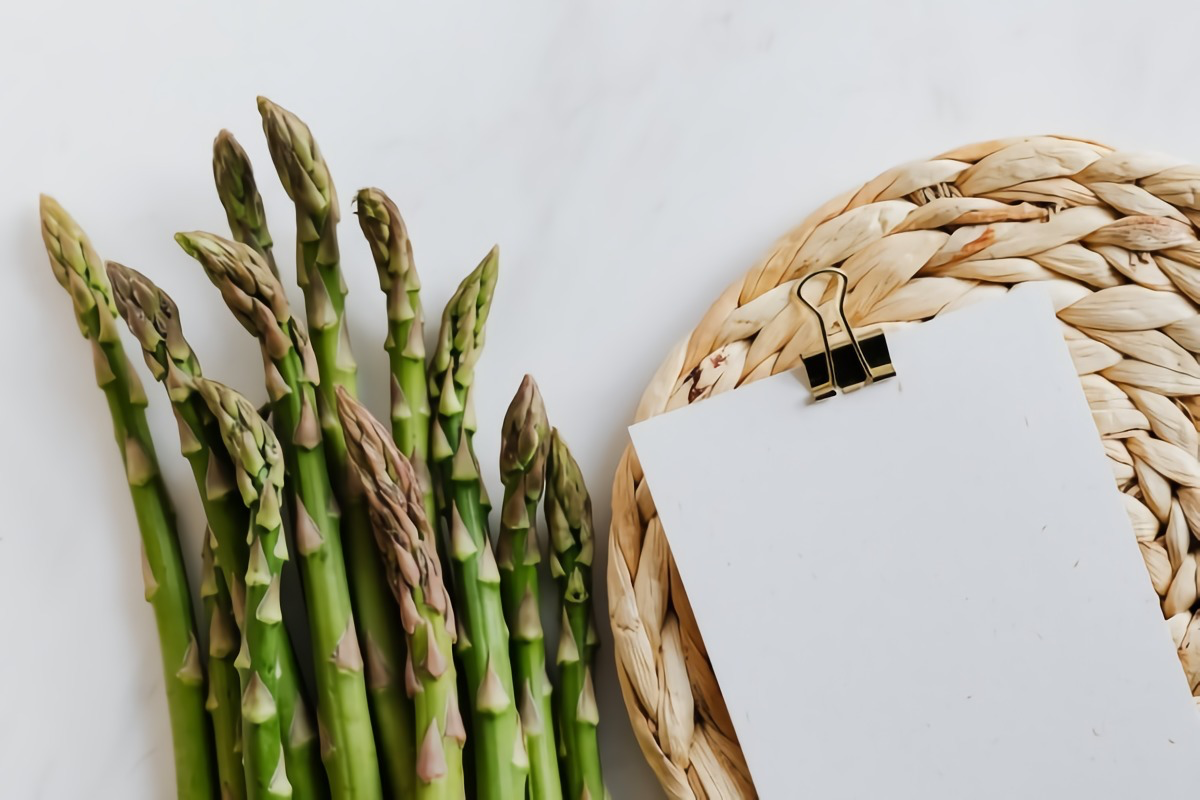
Pans with Flaky Non-Stick Coatings
We’ve all seen them: non-stick pans that are scratched up and flaking. Using a pan like this is just a bad idea. First, it doesn’t work anymore—your food will stick and burn. More importantly, you risk eating bits of the coating. While modern coatings are generally made without the most concerning chemicals of the past, it’s never a good idea to be ingesting flakes of any synthetic material.
Trust me on this: A non-stick pan is a consumable item, not an heirloom. It has a limited lifespan, maybe a couple of years with regular use. You can get a solid one for between $20 and $40. To make it last, never use metal utensils, avoid super high heat (grab a cast iron or stainless steel pan for searing), and hand wash it with a soft sponge. Once it starts flaking, it’s time to go. By the way, most can’t go in your curbside recycling bin. A quick search for “local scrap metal recycling” should point you to a place that can handle them properly.
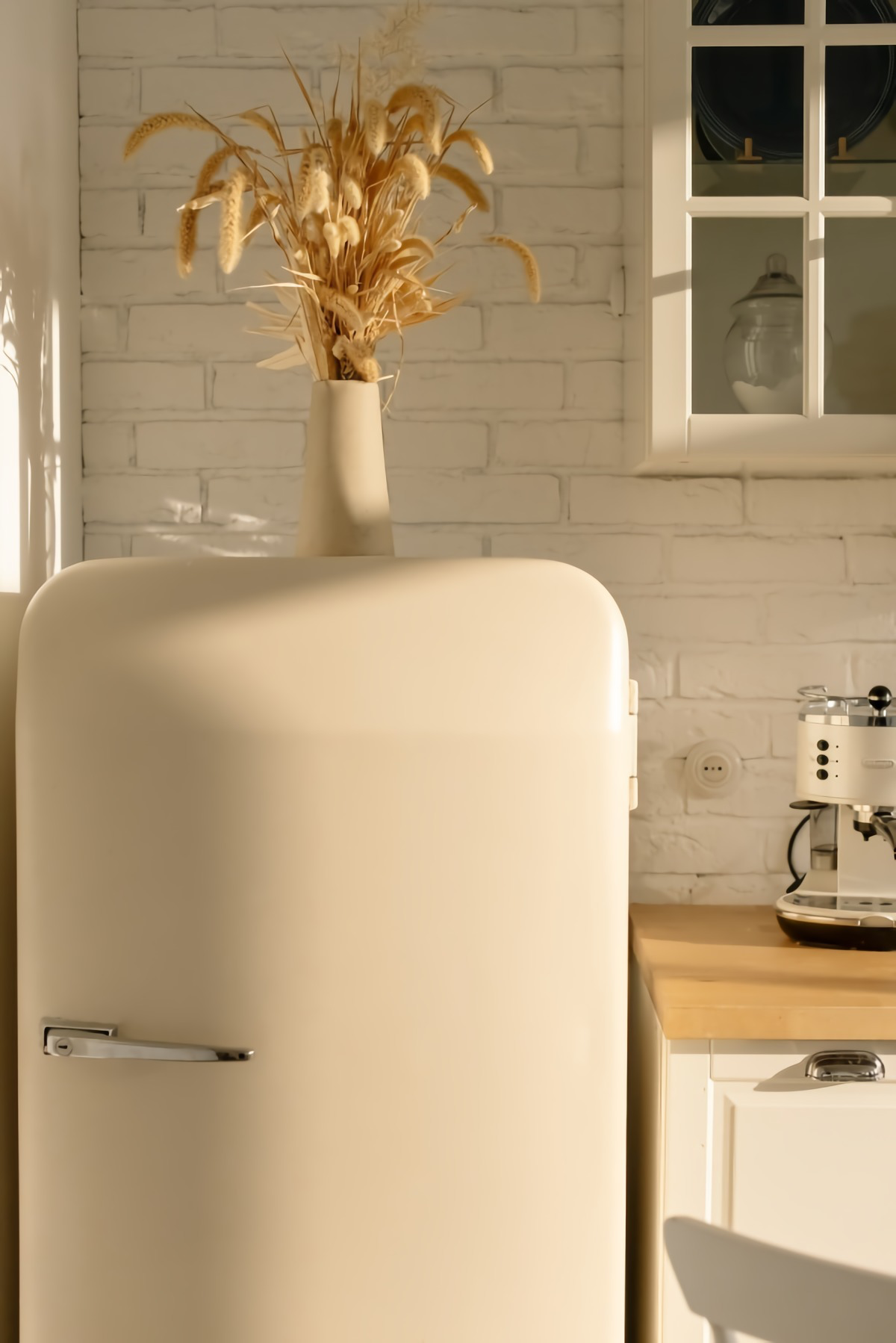
3. The Cabinet Chaos of “Free” Containers
Your cabinet space is prime real estate. How you use it can make or break your kitchen’s flow. And one of the biggest enemies of an organized cabinet is that out-of-control collection of mismatched food containers.
I totally get the impulse. That glass salsa jar or sturdy takeout container feels too useful to just toss. But then one jar becomes ten, and soon you have a cabinet overflowing with containers of every shape and size, with lids that never seem to match. It’s pure frustration before you even start cooking.
Mismatched round containers are also just bad at their job. They waste tons of space in a square cabinet. Stacking them is a wobbly, impossible game. This is why professional kitchens use standardized, modular containers—usually square or rectangular—that stack perfectly and use every inch of shelf space.
The Home Kitchen Solution: The Container Audit
You don’t need to buy restaurant-grade gear, but you should commit to a single, unified set of food storage containers. Here’s a quick breakdown to help you choose:
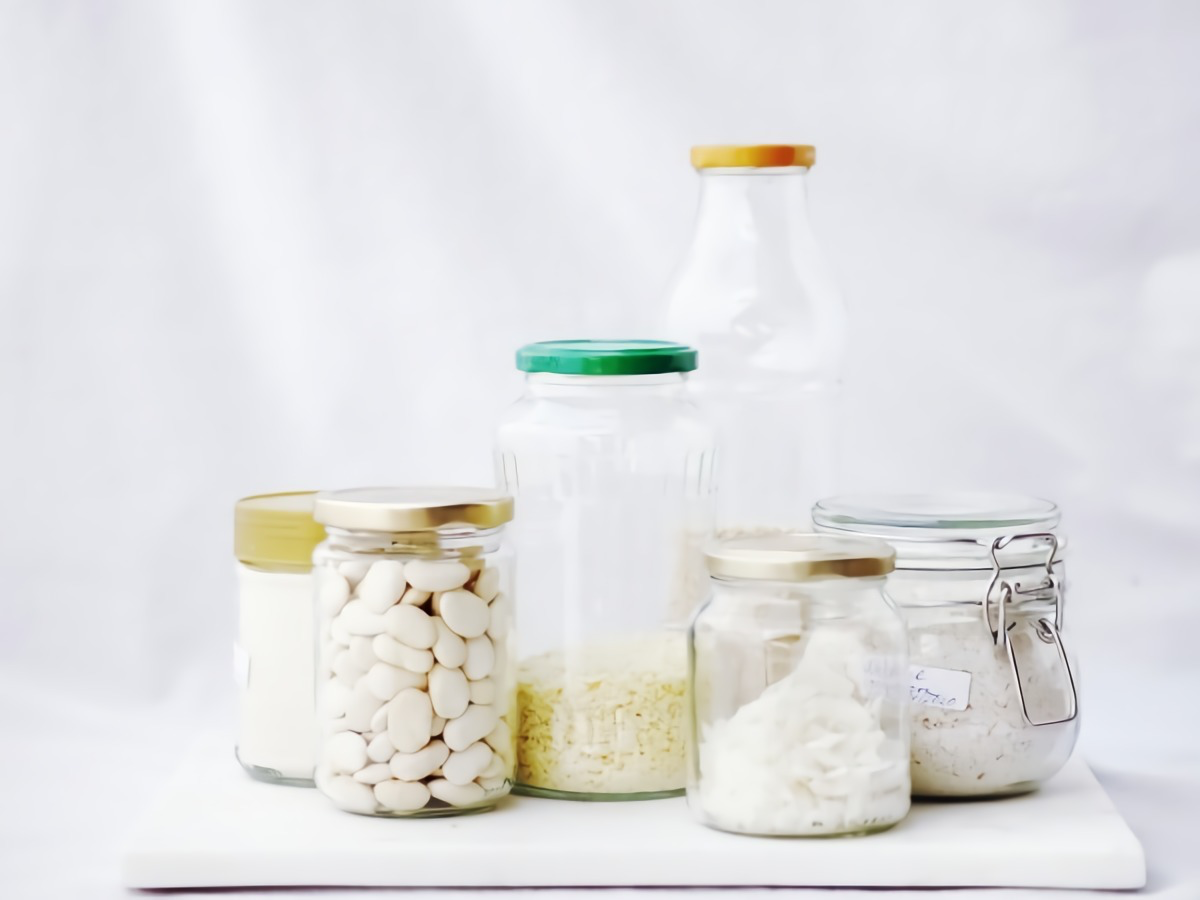
- Glass (like Pyrex):Pros – It’s oven-safe, won’t stain or hold onto smells (goodbye, curry-scented plastic!), and lasts forever if you don’t drop it. Cons – It’s heavy and can break.
- Good Plastic (like Rubbermaid Brilliance or OXO):Pros – It’s lightweight, durable, and great for taking lunch on the go. Cons – Can sometimes stain with things like tomato sauce and isn’t usually oven-safe.
I tell my clients to do a “container audit.” Pull every single food container you own out onto the counter. Match every container to its lid. Now, be ruthless. Recycle anything without a lid, anything that’s badly stained or warped, and all those flimsy takeout containers. Then, invest in one good set that fits your needs. A quality set might cost you between $40 and $70, but the daily sanity it brings is priceless.
4. Unitaskers and Gadget Overload
The market is flooded with gadgets that do only one thing: avocado slicers, banana keepers, garlic presses, quesadilla makers… the list is endless. From my experience, these “unitaskers” are clutter magnets that waste more time and space than they save.
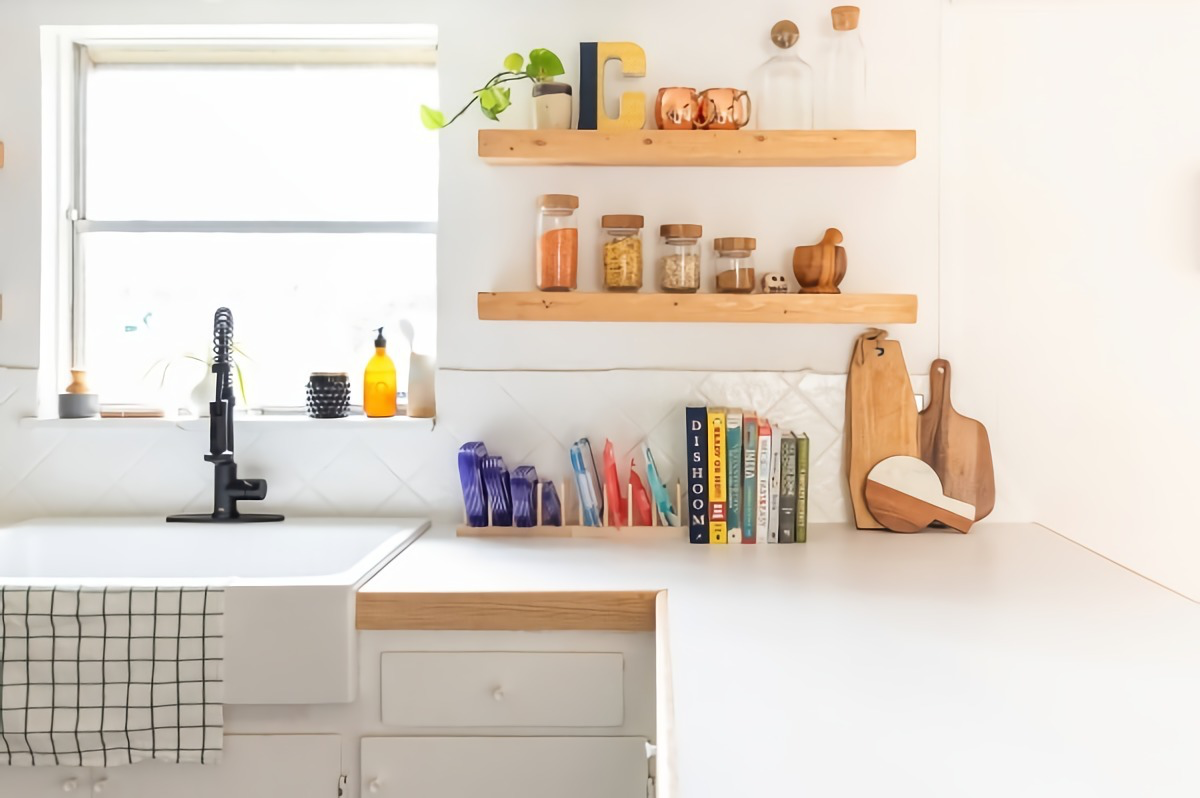
A trained chef has a few high-quality, versatile tools and the skill to use them. A sharp chef’s knife can slice an avocado, mince garlic, and chop strawberries faster than you can find, use, and then clean three different gadgets. A garlic press is a classic example—it’s a nightmare to clean, and honestly, a simple knife mince or a microplane grater gives you a better result without crushing the garlic into a bitter paste.
I confess, I once bought a dedicated avocado slicer. I think I used it twice before I realized my chef’s knife was faster and I didn’t have to dig through a drawer to find it. We all make these mistakes!
Building a Minimalist, Pro-Level Knife Kit
This same thinking applies to those giant 15-piece knife blocks. They eat up counter space and are usually filled with redundant, low-quality knives you’ll never use.
For 99% of your cooking, you only need three knives:
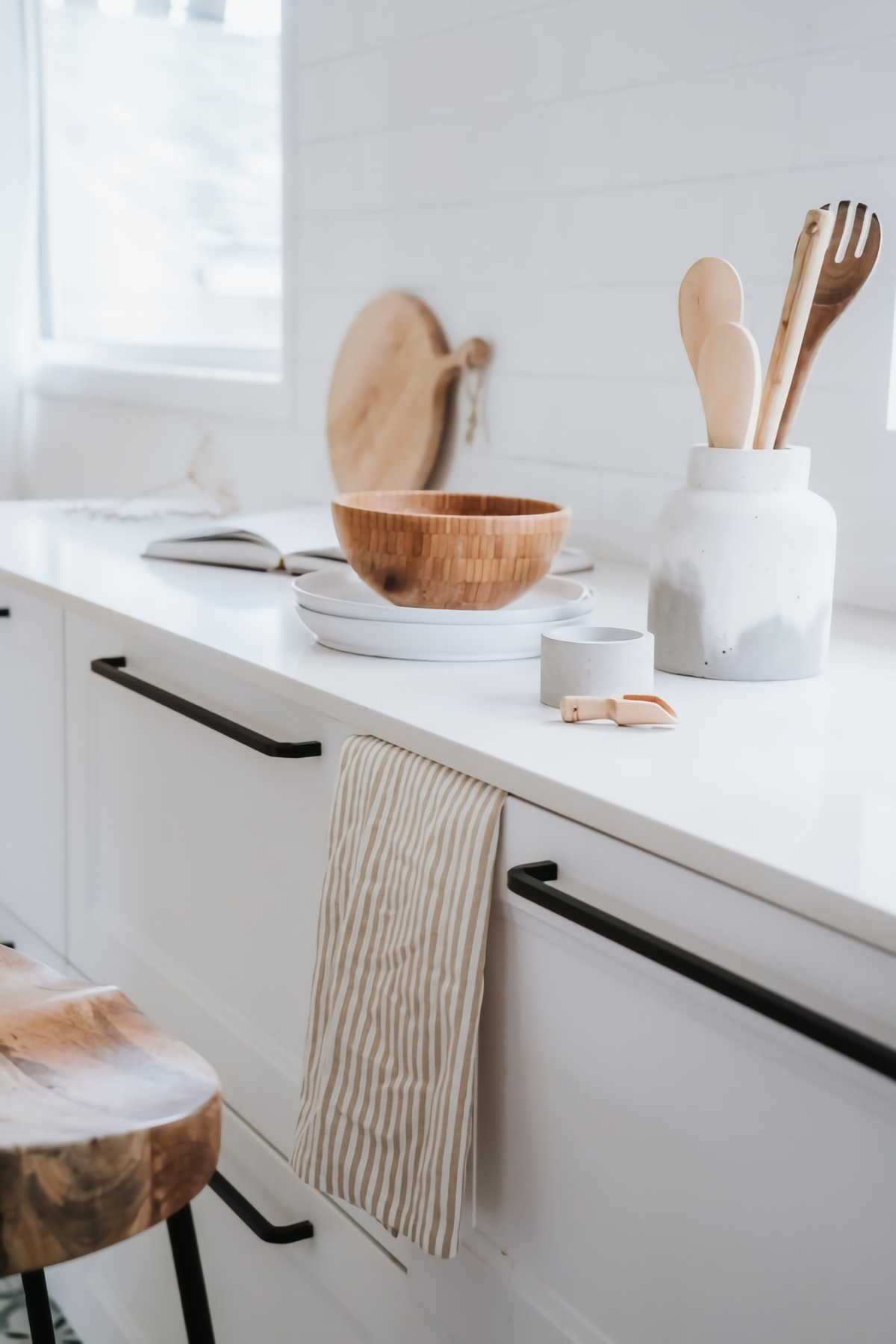
- An 8-inch Chef’s Knife: Your workhorse. Invest in the best one you can afford. A great one like the Victorinox Fibrox costs around $45 and will outperform any knife in a cheap block set.
- A 3-4 inch Paring Knife: For small, in-hand jobs. These are inexpensive, often around $10.
- A Serrated Bread Knife: For bread, tomatoes, and other soft-skinned foods.
Instead of a block, store them on a wall-mounted magnetic strip. It saves counter space, keeps them handy, and lets the blades air dry. And a quick tip: take a few minutes to learn the difference between honing (a frequent task to realign the blade’s edge) and sharpening (which actually removes metal to create a new edge). A quick search online will show you how—and it’ll make your knives last so much longer.
5. The Unmanaged Pantry Problem
A disorganized pantry isn’t just messy; it’s a black hole for your money. I’ve seen clients with three open boxes of the same pasta and five cans of tomato paste, all bought because they had no idea what they already owned. This is where a simple professional system can save you a ton of cash and prevent food waste.
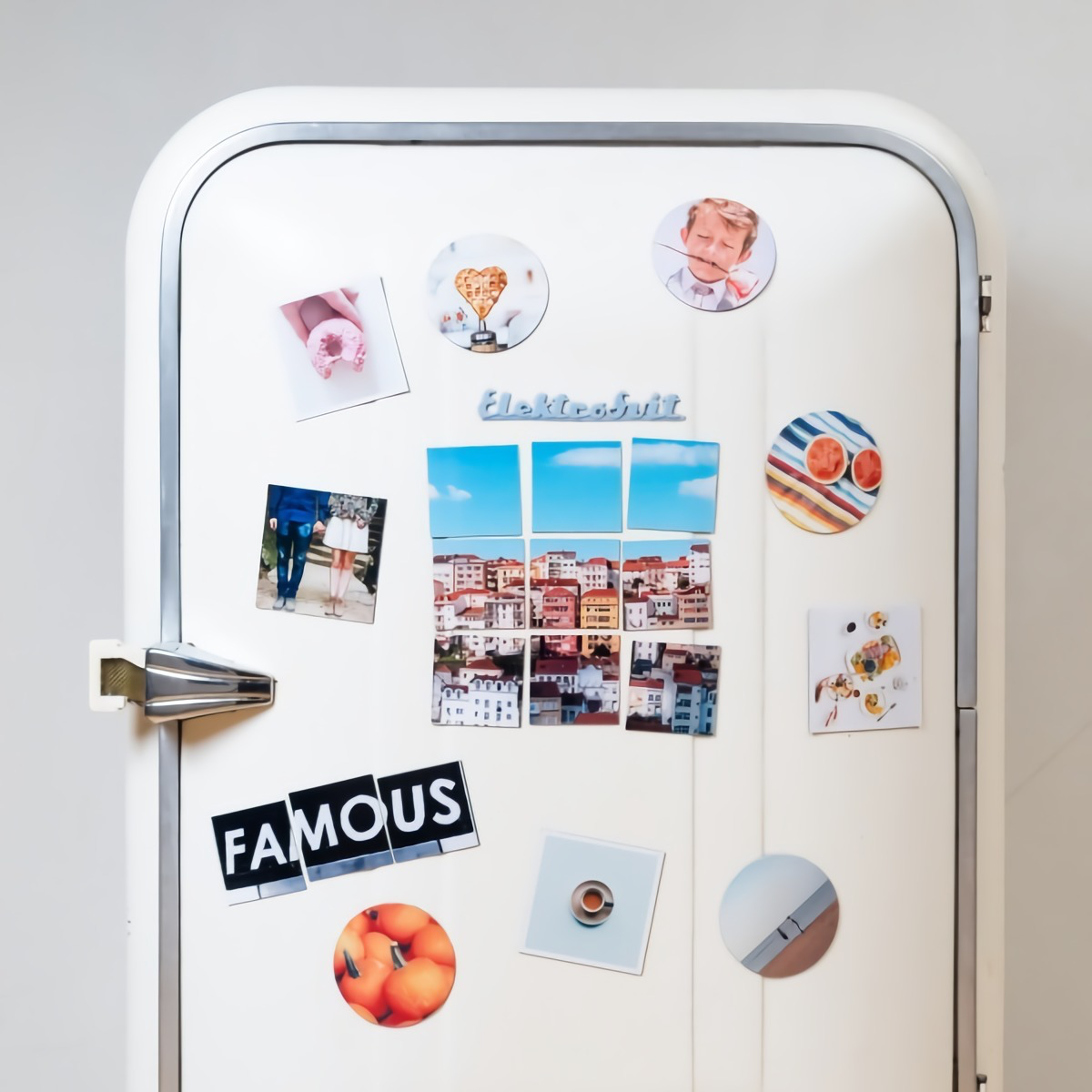
The Pro Technique: First In, First Out (FIFO)
In every single restaurant, FIFO is the law. It means exactly what it sounds like: the first stuff you bought is the first stuff you use. This prevents old ingredients from becoming a science experiment in the back of your cupboard. Implementing this at home is incredibly easy and will change your grocery game.
Here’s how to do it in three simple steps:
- Rotate When You Unpack: When you get home from the store, pull the older items (the half-used bag of rice, the cans you bought last month) to the front of the shelf.
- New in the Back: Put all the brand-new stuff you just bought in the back.
- Create an “Eat Me First” Basket: This is my favorite trick. Get a small, visible basket and put anything that’s nearing its expiration date in it. Place it right at eye level in your pantry or fridge. It’s a constant visual reminder to use things up.
And that’s it. No more wasted food, no more buying duplicates. It’s a simple system that puts you back in control.
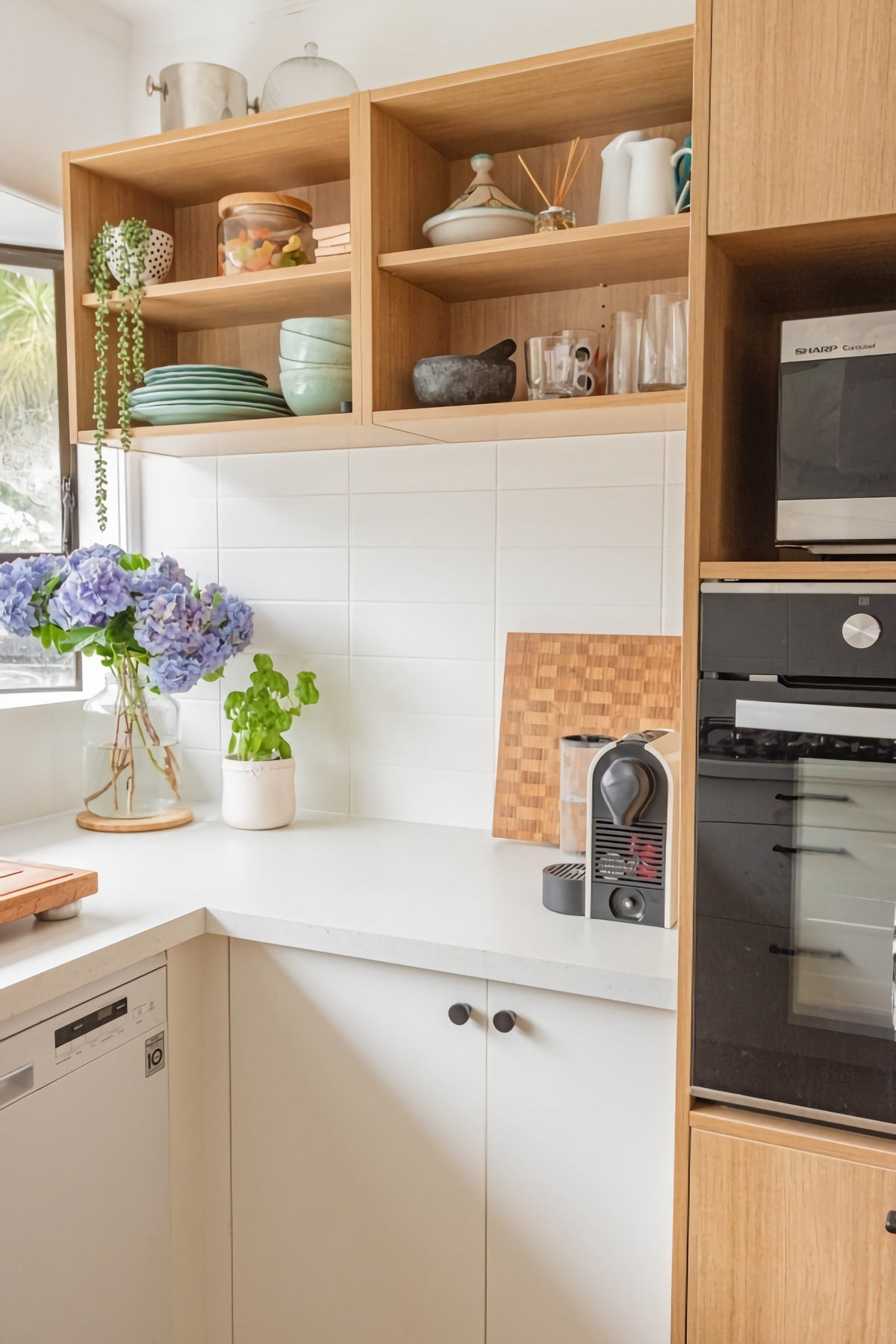
Inspiration:
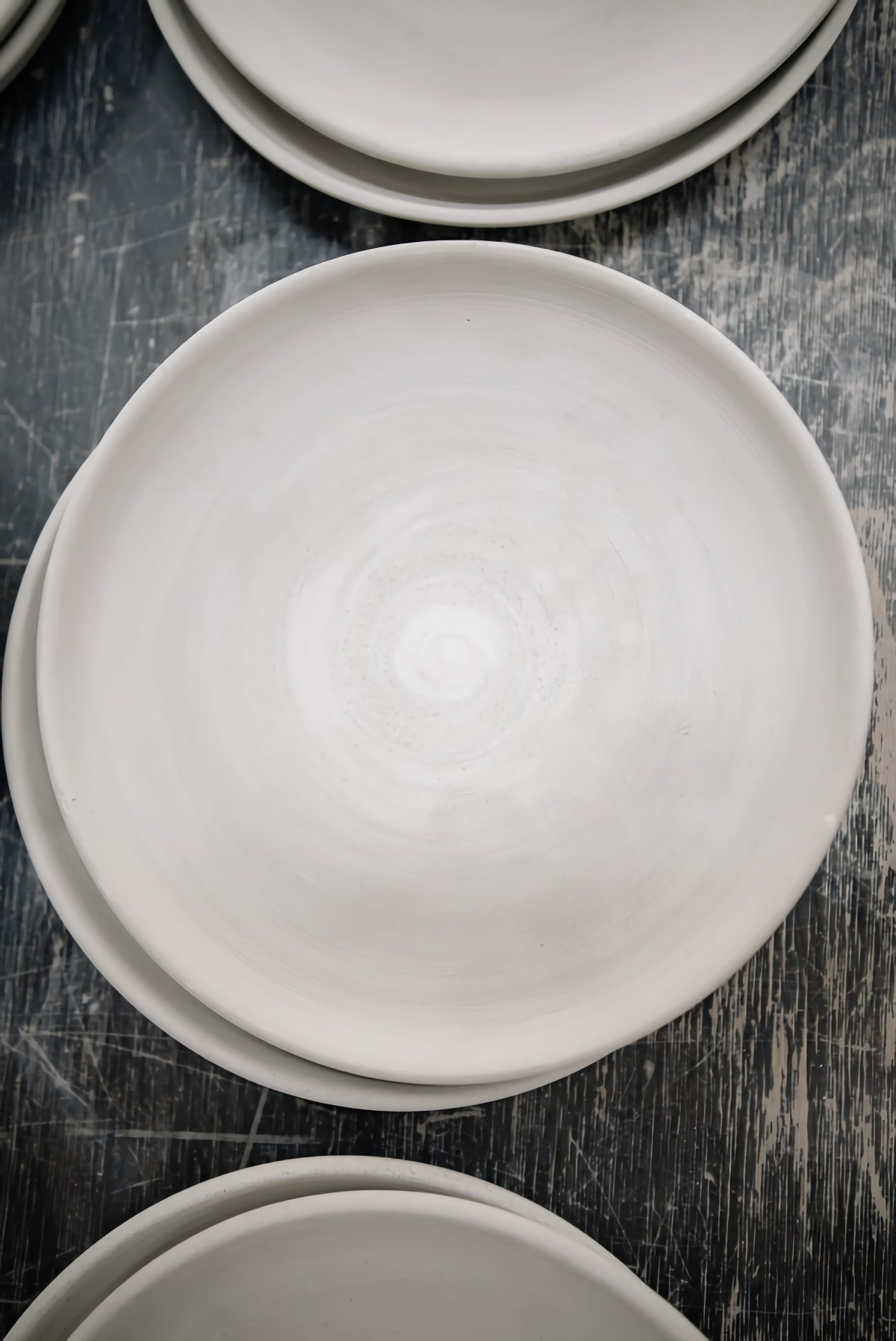
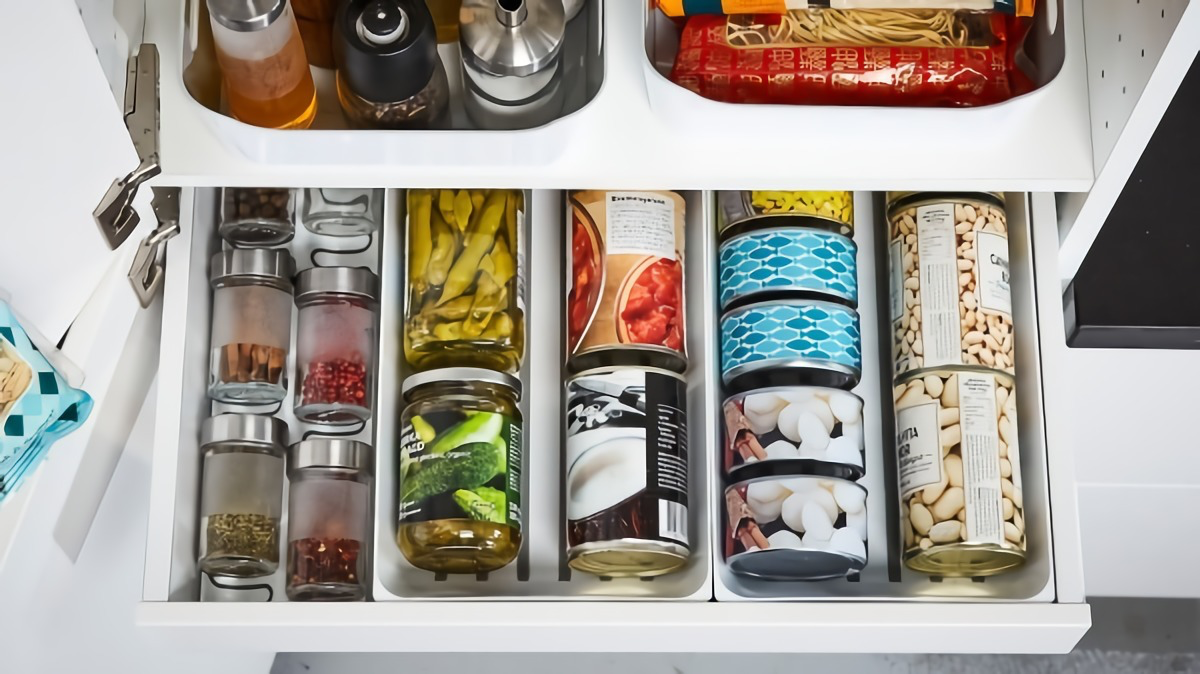
That drawer full of single-use gadgets—the avocado slicer, the strawberry huller, the garlic press—is it really a problem?
Absolutely. Professional chefs call these
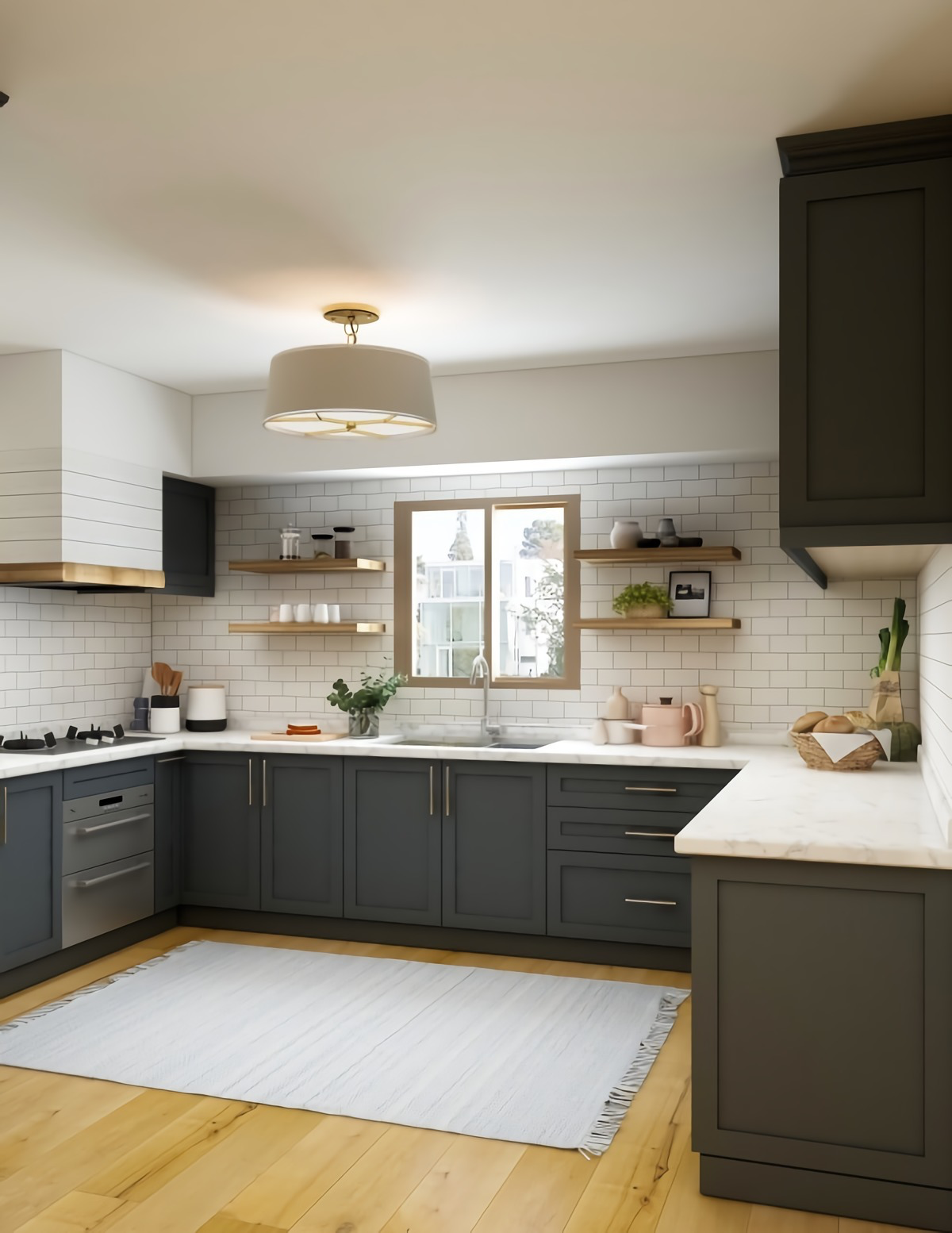
- Clearer, more usable countertop space.
- Essential tools are always visible and within reach.
- Reduced risk of dulling or chipping knives in a drawer.
The secret? Go vertical. A quality magnetic knife strip (like those from Schmidt Brothers) or a simple wall-mounted rail for frequently used utensils is a classic professional kitchen trick. It turns a cluttered surface into a functional, streamlined prep zone.
The Chaos Drawer: A jumble of plastic containers in every shape and size. You spend minutes searching for a matching lid, only to find it’s warped from the dishwasher. Many are stained, scratched, and potentially leaching chemicals into your food.
The Unified System: A single, high-quality set of glass containers, like the Pyrex Simply Store or Glasslock collections. The lids are often interchangeable, the containers nest or stack perfectly, and glass won’t stain, absorb odors, or warp. You can bake, store, and reheat in the same dish.
The choice is clear for a kitchen that values order and longevity.

